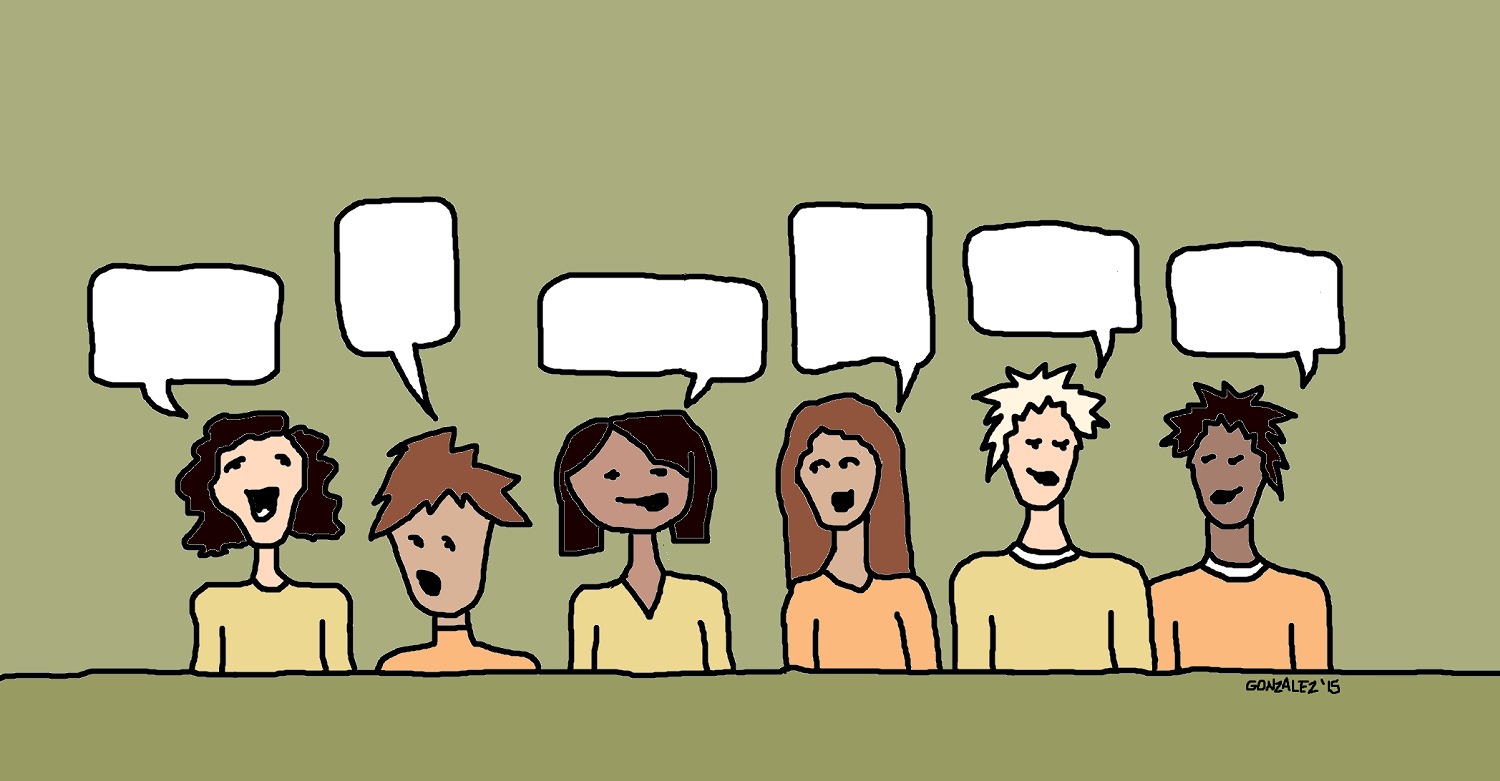
NEE Indicator 1.2
The teacher cognitively engages students in the content.
Cognitively engages students in the content
The teacher cognitively engages students in the content. Cognitive engagement in the classroom refers to students’ active mental involvement in the learning activities or mental effort, such as meaningful processing, strategy use, concentration, and metacognition. Cognitive engagement is different from behavioral engagement, which is cooperative participation, or adhering to classroom rules. Cognitive engagement is a key goal of many school reform efforts because it predicts achievement.
In the classroom, this might look like:
- Teacher incorporates appropriate learning and instructional strategies to encourage deep thinking
- Teacher supports students in monitoring their own levels of cognitive engagement
- Teacher recognizes if some students are not cognitively engaged, and tries alternate strategies to increase or maintain students’ thinking about content
- Teacher uses cognitive engagement strategies such as advanced organizers, K-W-L charts, share-out, shoulder-partner work
- Teacher cognitively engages students so that they are active in the lesson or activity
- Teacher is able to build activities appropriate for all depth of knowledge levels
- Teacher assesses student understanding often
In the teacher professional development plan, teacher explicitly discusses how change in practice is expected to improve student engagement in learning.
In the unit of instruction, unit objectives are evident through essential and guiding questions that focus student attention on meaningful activities leading to desired learning.







